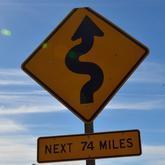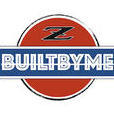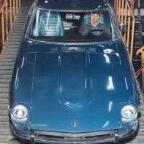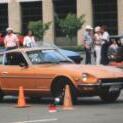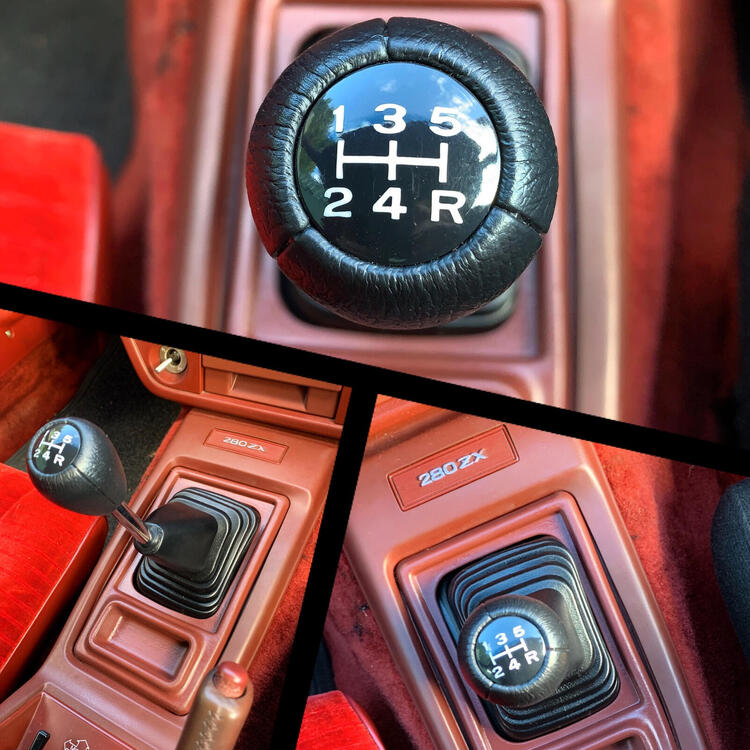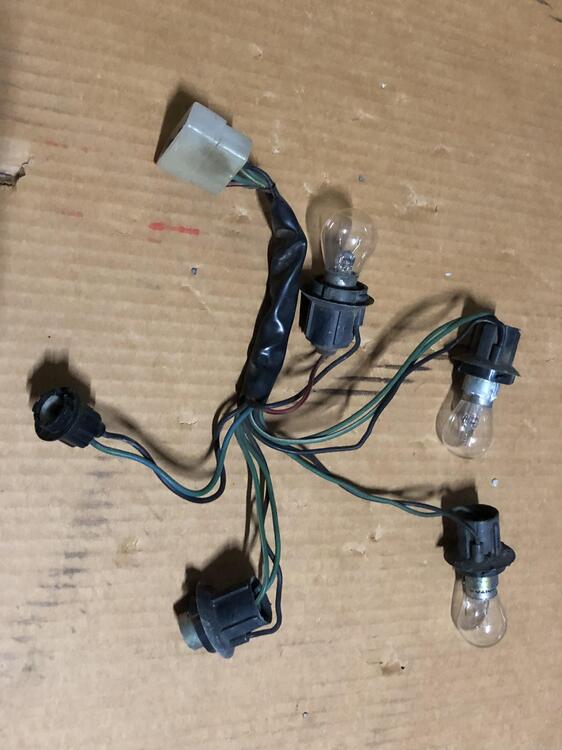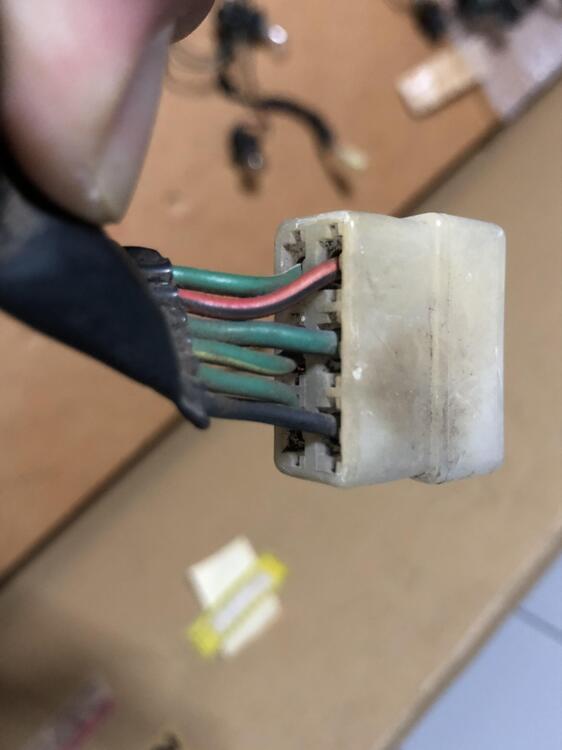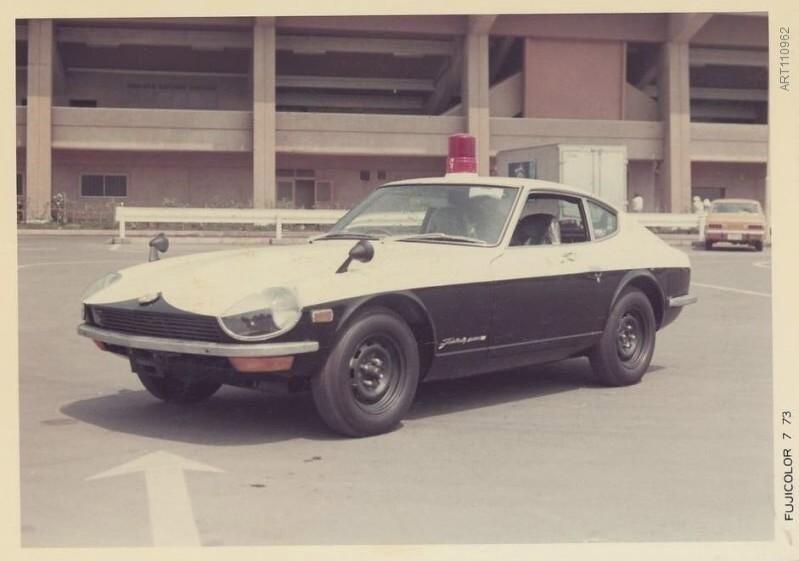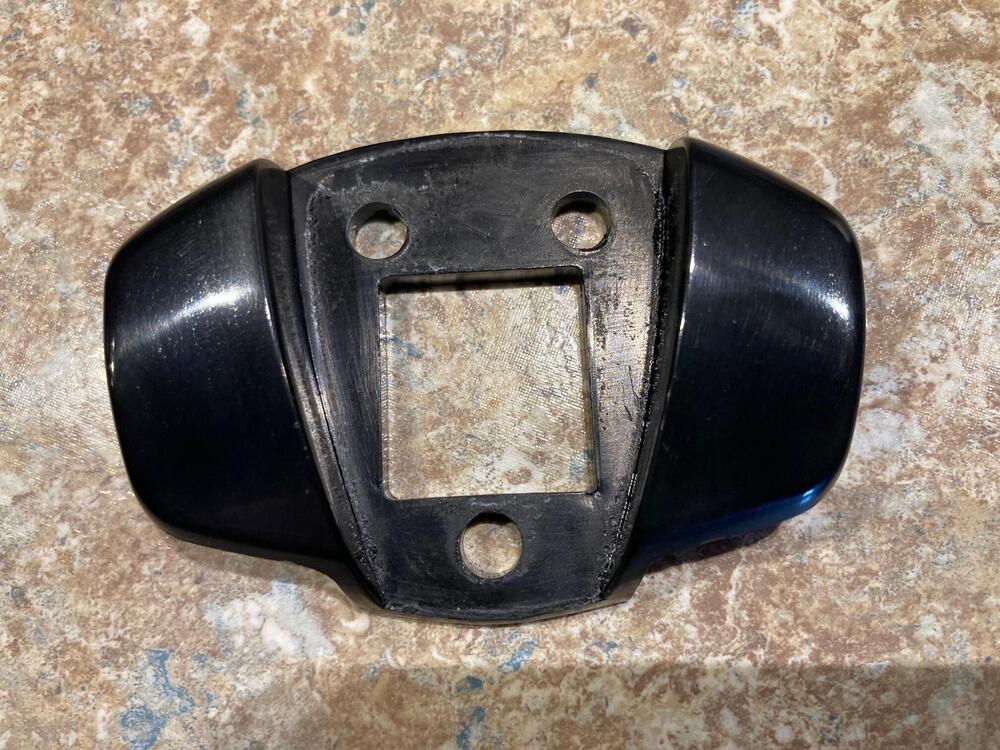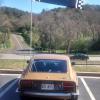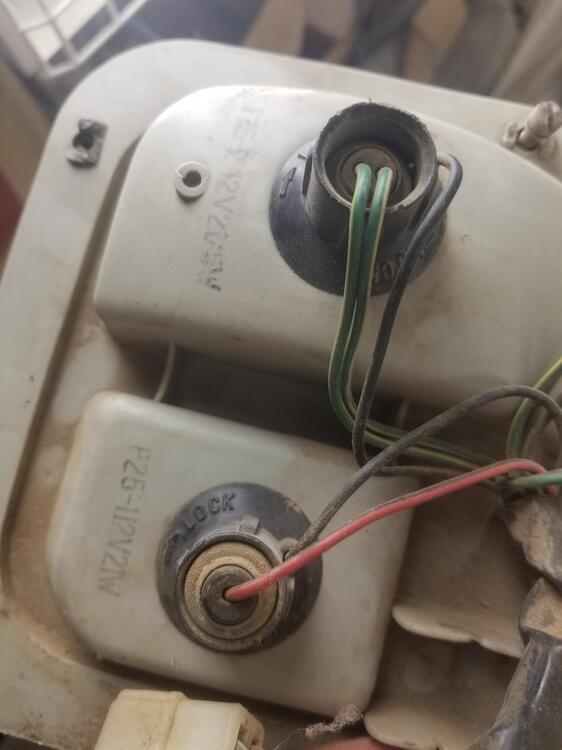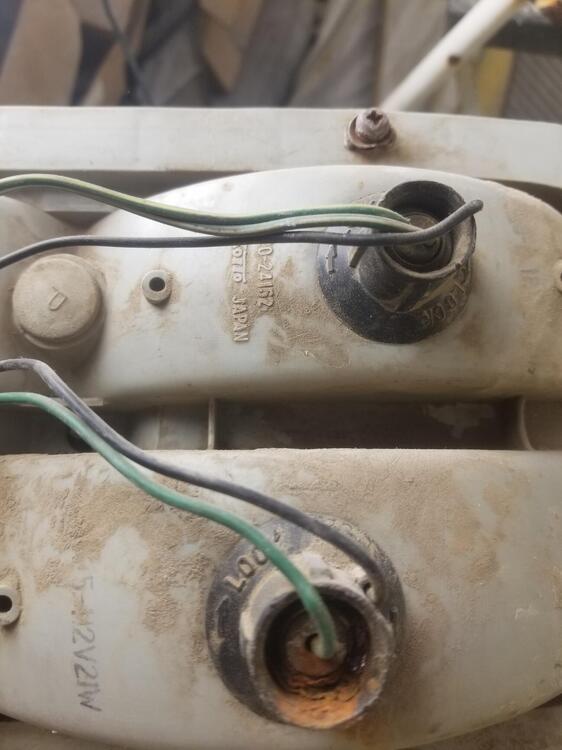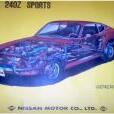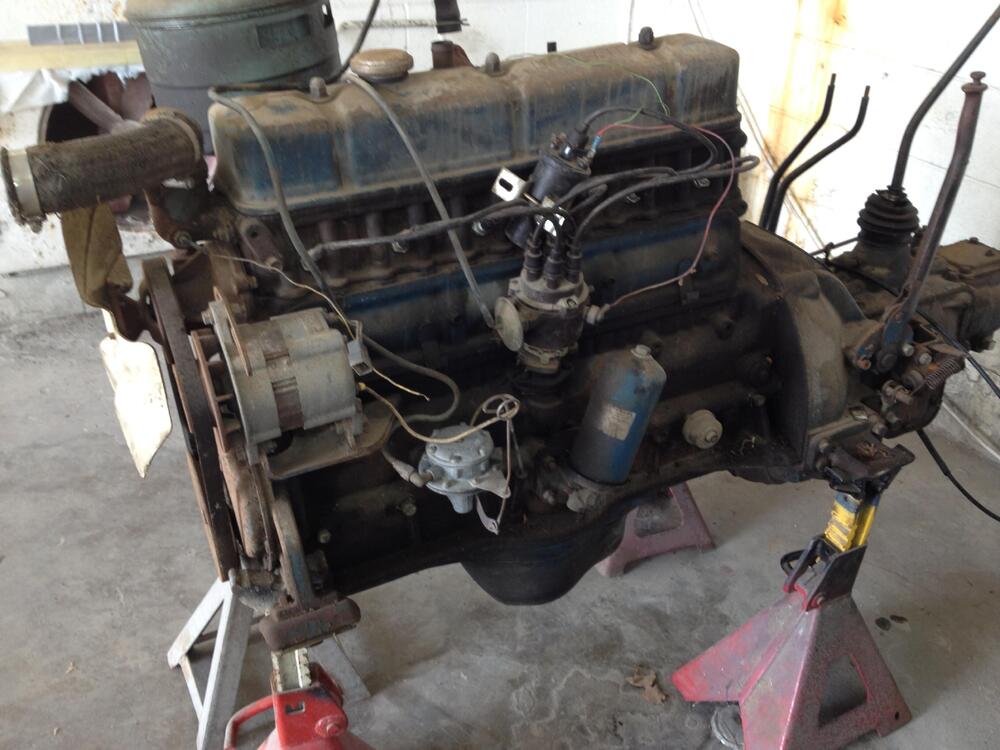More specifically, NMC USA - either officially or semi-officially ("come and take this damaged car away...") - provided a handful of HLS30Us to race teams in the USA. Bob Sharp's first car appears to have been a personal deal between Kawazoe san, via Usami san, and Sharp. A damaged show car, no less.
You're projecting quite a lot here. Your "...not fit for the purpose" is doing a lot of heavy lifting (some understatement here...). Says who? The cars in question were not provided or sold as race cars. You might as well point out that the fuel tanks, suspension, brakes, transmissions, differentials, wheels, tyres and cigarette lighters were also "...not fit for purpose" in race cars. These were road cars and they required preparation even for production-class racing. The other cars they were competing with often had their own weak spots and requirements for evolutionary parts, even the Porsches.
As far as I understand it, the crankshafts suffered from a harmonic (something very common in straight sixes) which caused damage to flywheel bolts, flywheels and clutches under prolonged high rpm use. The crankshafts themselves did not "break" and they were - clearly - being expected to perform far beyond their original design parameters. So, yes. Hardly Nissan Japan's fault.
Without knowing what was going on between NMC USA and NMC Japan - remembering that we are constantly told that the L24 was specified "for the USA" in a car that was "designed for the USA" and that the engine was the personal choice of Yutaka Katayama, which is of course nonsense - I'd say it is jumping to conclusions to blame the engineers back in Japan.
That's a fairly simplistic - if not bowdlerised - version of events. Plenty of details on these cars were subject to evolution, improvement and supersession. Mr Brock and his followers may well believe that his employees 'discovered' a design fault and were part of the cure, but Nissan were already on the case - just as they were with many other details on the cars.
If you follow the part numbers, the homologations and supersessions they give a good picture of what was going on crankshaft-wise, particularly when you look at homologated crankshaft weights. You seem to want to paint the early L24 crankshafts as some kind of mistake, but I believe you need to take other factors - not least production costings, late specification of a sedan engine for a sports car due to the need to mitigate power-sapping anti-pollution devices and the whole question of who was in charge/responsible for the specifications in the first place. Apparently NMC USA and their president get to collect plaudits for success but dodge any finger of blame for perceived problems?
Meanwhile, those same engineers at Nissan were planning and developing their Works race and rally LR24 engines...
E3141 8-bolt crankshafts with sufficient counterweighting for competition use, made from higher strength steel (NCM45) than the stock L24 crankshafts:

 Subscriber
Subscriber 8Points1,333Posts
8Points1,333Posts




